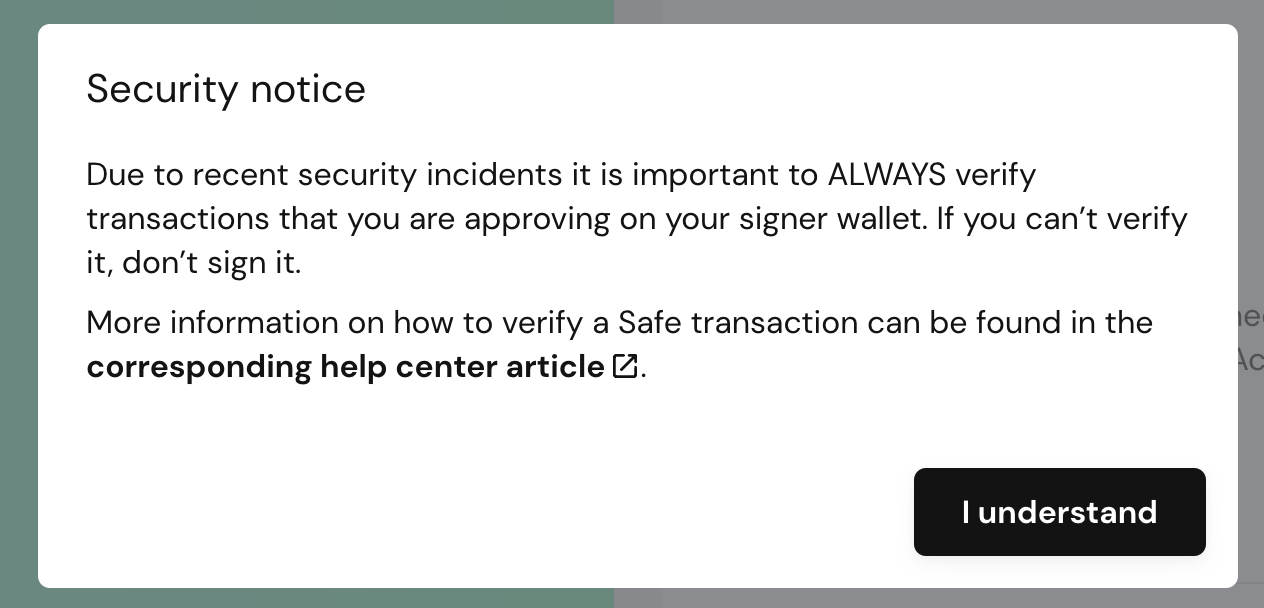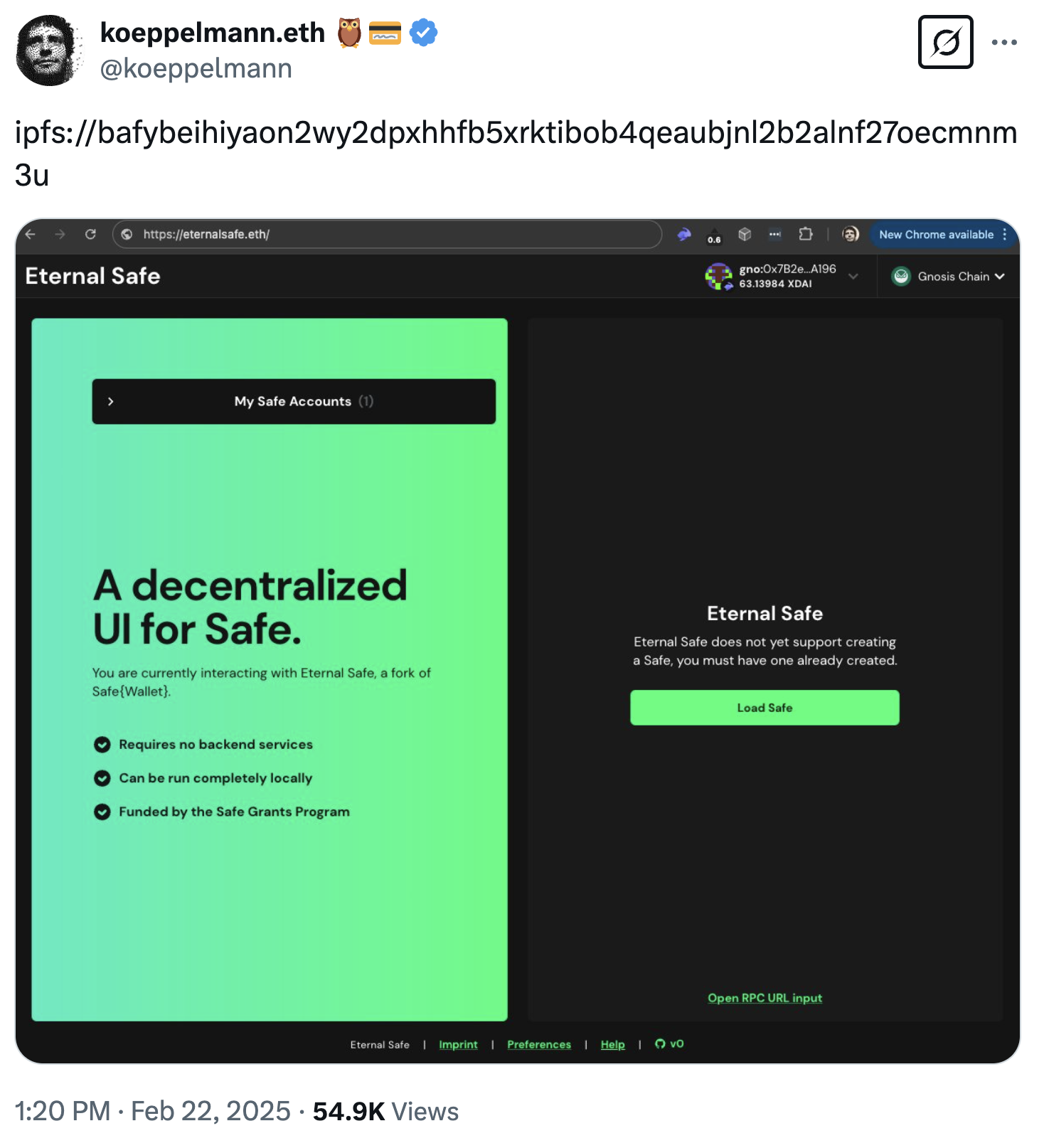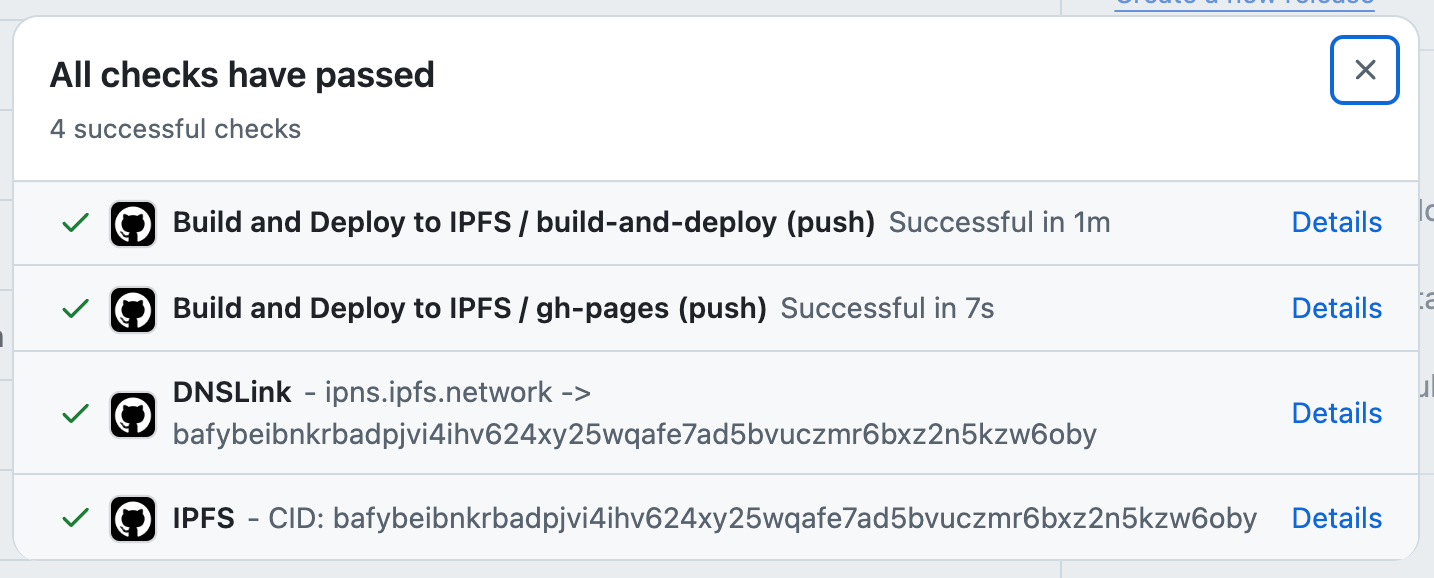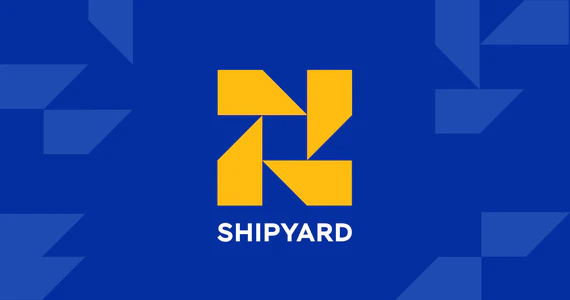
IPFS on the Web in 2024: Update From Interplanetary Shipyard
Update from Interplanetary Shipyard on our efforts to make IPFS work on the Web.

Bybit’s recent hack , which resulted in the loss of $1.4 billion, is a reminder of the importance of verification for frontends, especially dapp frontends in the Web3 ecosystem.
Based on what we know at the time of writing, IPFS, through local verification, could have served as a preventive line of defense in this sophisticated hack, potentially preventing it altogether.
In this blog post, we will recap what we know about the hack and share our perspective IPFS’ role. diving into some of the technical efforts we’ve been spearheading at Interplanetary Shipyard to improve the health of the ecosystem.
If you are a dapp developer, you can skip the final section where we provide concrete recommendations with links to tooling.
The TL;DR is that hackers managed to gain access to the AWS S3 bucket that hosted the Safe frontend served from app.safe.global and uploaded a malicious version of the frontend days before the hack. The frontend specifically targeted the Bybit cold wallet, causing owners of the multisig to sign a malicious transaction while obscuring the malicious transaction in the frontend.
It’s not exactly clear how the hackers managed to gain access to the AWS S3 bucket. Some reports suggest that one of the developers’ credentials was compromised through social engineering.
 Source: Twitter post by @benbybit
Source: Twitter post by @benbybit
Security in software systems is approached in layers, often referred to as “defense in depth.” This strategy involves implementing multiple security measures rather than relying on a single protective mechanism. If one layer fails, additional layers provide backup protection. The modern web is a complex ecosystem and as the stakes increase considering the sums of money at play, so does the need for better security measures.
In the context of this hack, we’ve identified three failures that made the hack possible:
Since IPFS is mainly concerned with the first point (ability to verify data by means of content-addressing ), we’ll focus on that. The other two points bring up broader ecosystem needs like clear signing (rather than the blind signing often seen across smart contract wallets), improved UX that strengthens security rather than working against it, and more effective tools for verifying transactions.
The Ethereum community responded quickly, addressing the second point and released multiple tools and documentation to help users verify transactions before signing them.

The IPFS project has long advocated for wider adoption of client verification. Over a year ago, we published a blog post discussing the importance of client verification and how IPFS can help.
End-to-end integrity: as long as a user of your Dapp has the CID you shared, they can be sure they are running the exact code that you published by verifying locally. Local verification is crucial since Dapps interact with a blockchain and malicious code can lead to loss of user funds. Integrity is adjacent to trustlessness — because verification eliminates the need to trust the source of data. From The State of Dapps on IPFS: Trust vs. Verification (2024)
End-to-end integrity through cryptographic hash verification is not new to many of us in the DWeb, Web3 and IPFS ecosystems.
In fact, we feel somewhat vindicated seeing the Gnosis founder share the CID of an open-source fork of the Safe frontend called Eternal Safe shortly after the hack, while the Safe team conducted a forensic review of their services and frontend:
 Source: Twitter post by @koeppelmann
Source: Twitter post by @koeppelmann
One of the longest standing goals we’ve had for the IPFS project is to make client-side verification integrated into browsers, making CIDs first-class citizens. In an ideal world, you should be able to use CIDs in browsers using ipfs:// without necessrily installing a “full” IPFS node that runs as a separate process on your computer.
To this end, we’ve launched multiple projects with varying degrees of success. The main challenge we run into time and time again is browser contraints and the lack of extensibility APIs that would allow shifting trust away from a specific origin from which content is served to a self-certifying identifier like a CID, allowing content to be verified locally, regardless of the source.
Browser extensions distributed through extension stores are harder to compromise in comparison to HTTP servers, because rollout is staged rather than instant, and vetted code assets can be bundled within the extension itself. Moreover, publishing mandates signing by the author, ensuring that users are installing the extension from a trusted source. We are investigating how we could package the Service Worker IPFS gateway as a browser extension to improve the user experience.
The self-certifying approach with CIDs is in tension with the Same-origin policy : the fundamental security mechanism of the web whereby trust is anchored to an origin using DNS and PKI. Yet, given that Subresource Integrity (SRI) allows for hash verification of subresources, we’re hopeful that we can work with standard bodies and browser vendors to expand on this foundation and provide mechanisms to verify top-level resources like HTML, JS, CSS, etc.
Having said that, we have some concrete recommendations for dapp developers that can be implemented today, while we advance efforts to make CIDs first-class citizens in browsers.
As a dapp developer, there are three key things you need understand and streamline into your development workflows today:
Let’s take a quick look at the state of the art for each of these.
To make deployments to IPFS as seamless as possible, we recently released ipfs-deploy-action , a GitHub action that makes it easy to deploy your frontend (or any other static assets for that matter) to IPFS as part of CI/CD pipelines. It encapsulates best practices we’ve established over the years, like local CID generation and pinning with CAR files .

The action is built with open tooling makes no assumption on your build process, so it works with any static site generator. Moreover, it sets the status of the commit with the CID allowing for more visibility and auditability of your deployments.
Once you’ve deployed your frontend to IPFS, you need to signal the CID to users. This can be done in a few ways:
Each of these has different security properties and tradeoffs, some of which have been evaluated in the Dapps on IPFS blog post.
The quickest way to get up and running is with GitHub, which provides strong security and auditability. At a minimum, reuse GitHub Releases to publish both the original source code and CID. This provides your users with a means to load frontend in a verifiable way.
With the CID in hand, users have a few ways to retrieve the frontend:
ipfs://cid URI support with the highest level of security, including local CID verification and caching. Great solution for desktops, but doesn’t work on mobile.ipfs.io, dweb.link, and eth.limo, return deserialized assets which can’t verified by end users. As the IPFS Principles
document states, verification matters, if you are not verifying, it’s not IPFS. This is a supply chain equivalent of “not your keys, not your cheese”.Interplanetary Shipyard , is an independent collective of people maintaining many of the most popular implementations in the IPFS and libp2p ecosystem.
If you are looking to improve the security of your dapp, we’d love to hear from you at contact [at] ipshipyard.com.
Striking the right balance between security and usability is hard. If there’s one takeaway from this post, it’s that verification is important at multiple steps of users’ interaction with blockchains.
IPFS is not a silver bullet, but there’s a good chance that if the owners of the Bybit Safe multisig loaded the frontend from a local IPFS node, this could have been prevented.

Update from Interplanetary Shipyard on our efforts to make IPFS work on the Web.

Meet the team behind Interplanetary Shipyard, the newly created entity of many core maintainers behind the most popular implementations of IPFS and libp2p.
Our free IPFS tools and integrations have over 75 million monthly active users around the globe.
Help Fund Shipyard